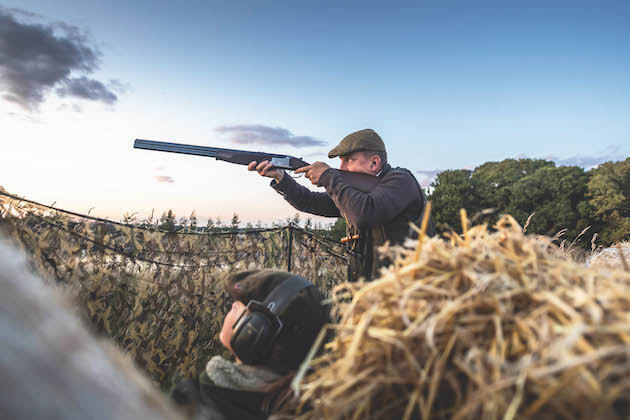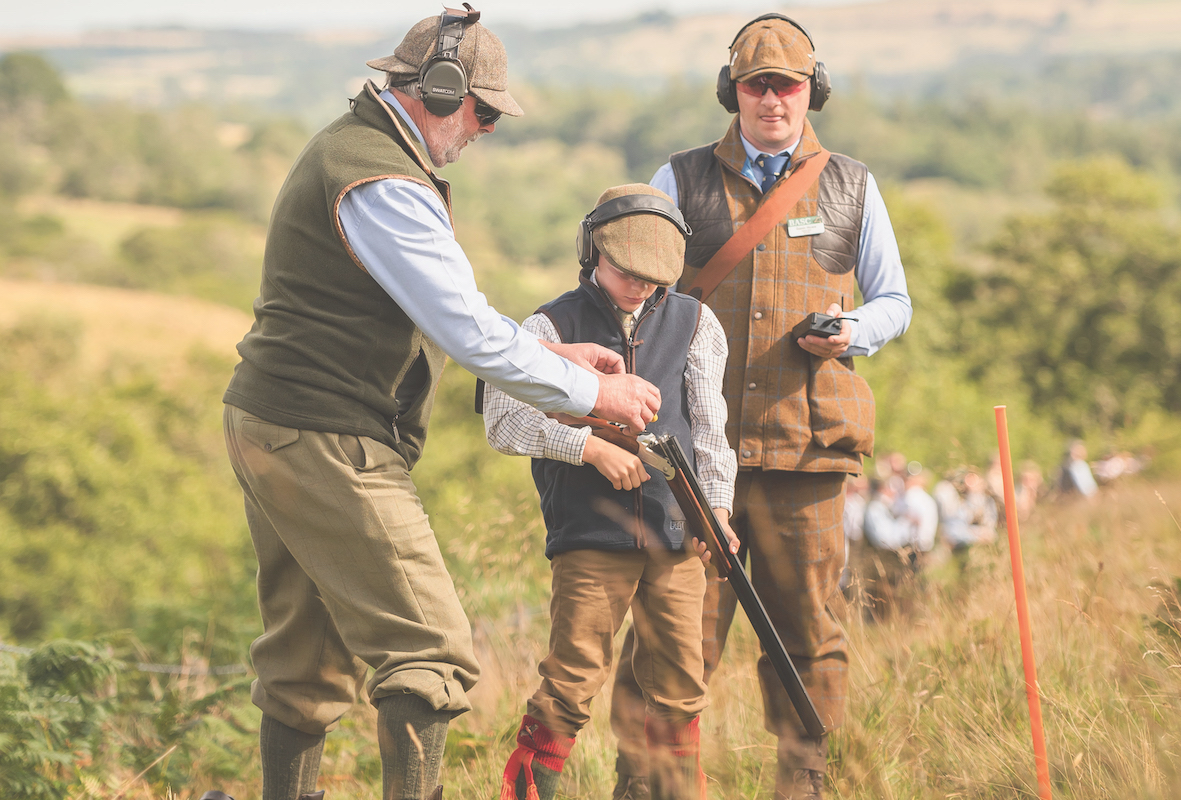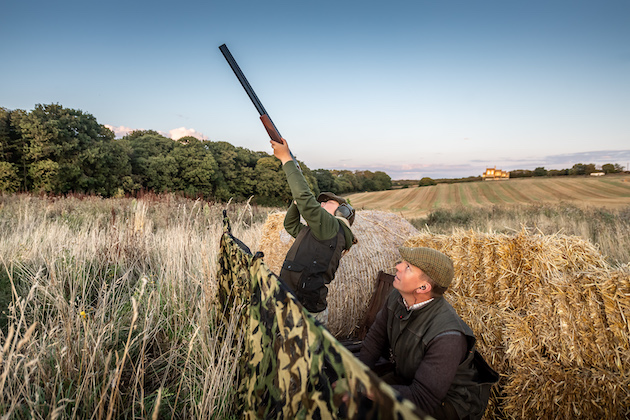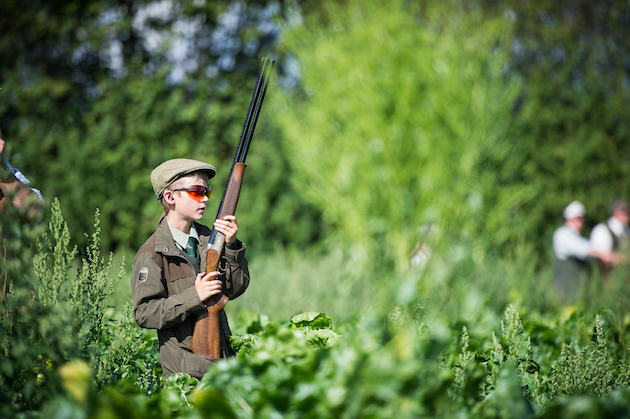Young Shots: six tips for getting started
A young Shot should learn about all aspects of the sport, says Tom Payne

A youngster on a wildfowling morning
How should young Shots get started in the field and on the clay ground?
I started shooting at the age of eight. I’m lucky to come from a farming background, so there were opportunities to be involved in and around shooting from an early age. I followed my father’s lead and learned as many aspects as I could, whether tagging along with keepers, going beating, or working as a “retrieving machine” for Dad.

Beating is an excellent way for young Shots to learn
I would get really excited when we went roost shooting and, when my father made me a wooden gun to carry on the farm, I couldn’t wait until I was old enough to start shooting properly. From that wooden gun, I moved on to a small break-barrel air rifle. (Read more about getting a first air rifle.) These airguns are brilliant for learning gun safety because you carry them as you would a shotgun, always open and never closed. I was finally allowed to shoot my grandfather’s .410, which signalled that my shooting journey had begun.
My first proper gun was a single barrel Baikal and I spent five happy years shooting with it before moving on to a side-by-side. (Read what’s the best first gun for a youngster.)
One of the major lessons that I learned besides safety was the importance of being a shooting person, not just someone that shoots. Fieldcraft and understanding all aspects of gameshooting are so important.
Six tips for young Shots
- Young Shots should not be in too much of a hurry to start learning to shoot. They should first know what is involved, going beating, picking up and learning more about what keepers do.
- Safety is the first and only priority when young Shots start shooting.
- Shooting organisations such as BASC and the NGO do a good job teaching young Shots about all aspects of the sport. Investigate what’s on offer.
- Young Shots should be taken to game fairs and country shows. There are plenty of demonstrations to watch and different activities to take part in, all aimed at helping young people learn about gameshooting.
- If there is an opportunity for a young Shot to be involved in your local shoot, such as helping out or going beating, make the most of it. There is no better place to learn about gameshooting than working with the people behind the scenes.
- Young Shots should have fun learning to shoot, but it is a process and it takes time. There is so much to enjoy with gameshooting, not just pulling the trigger.

Learning to shoot is a process and takes time
In season – the beating line is best
As with many of my friends, I was not allowed to stand in the line shooting until I had gone beating for a few seasons.
It is an excellent way of learning what it takes to run a day’s shoot and the number of people involved.
It also gives you an understanding of the year-long effort that gamekeepers put in to get to the end product of a day’s shooting; the importance of the beating line and the respect those people deserve to turn out in all conditions for the benefit of the shooter; and the important role of the picking-up teams. The young Shot will gain more respect from the team involved if he or she understands and respects their roles on a day. It is a privilege to stand in a line and shoot game and this is forgotten far too often.
Another huge benefit of working with the team behind the scenes is learning the safety aspects on a shoot day. When the opportunity comes to shoot for the first time, the young Shot will be far more aware of what to look out for, arcs of fire and what could be a potentially dangerous situation. They will also start to develop their fieldcraft, understanding how drives work and how birds behave and fly in different conditions.
Read more about what age should a youngster start shooting.
Any youngsters whom I teach for the first time are not allowed to move on with their shooting until they are safe and confident in handling a gun — only then will they be able to start learning to shoot properly.
It takes a long time to become a good Shot and it is a process. What is important is that the young Shot enjoys learning to shoot and to shoot well.
This article was originally published in 2015 and has been updated.









